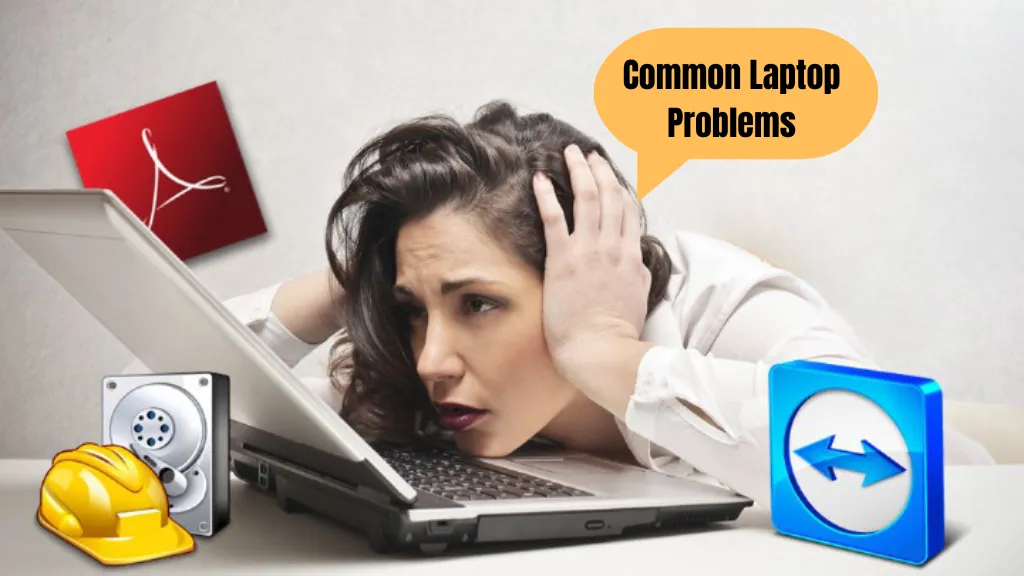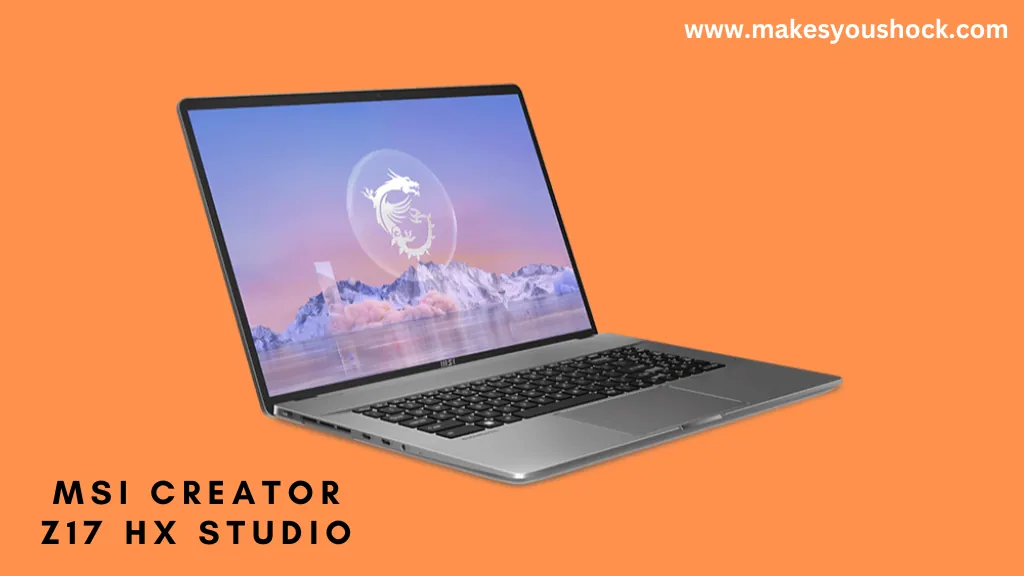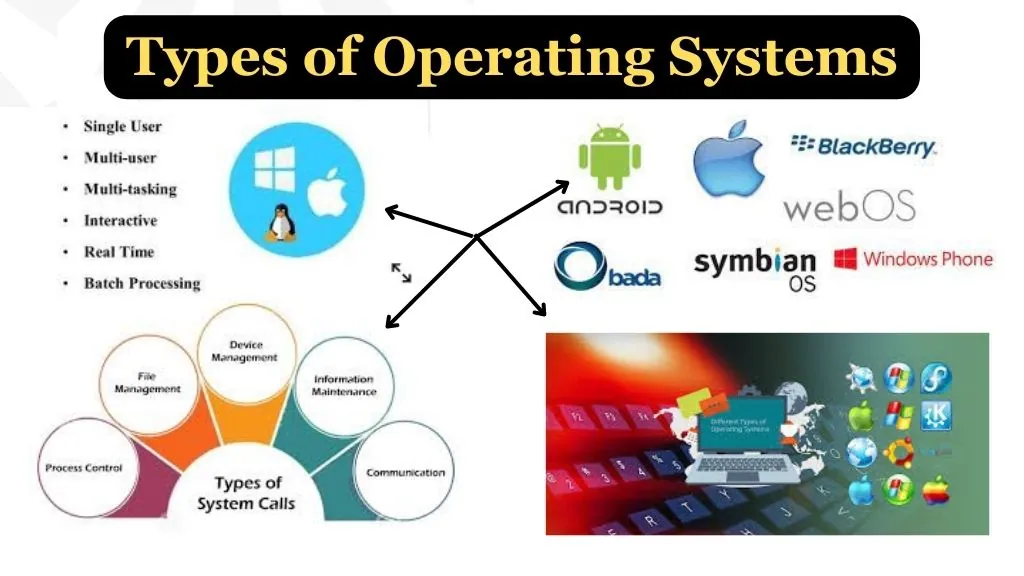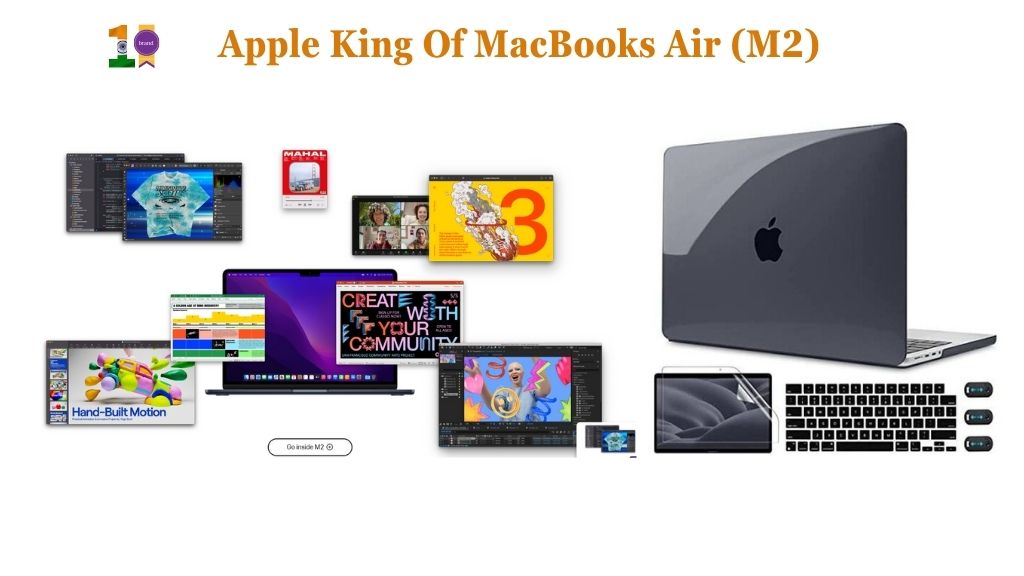In today’s fast-paced digital world, laptops have become an indispensable part of our daily lives. Whether it’s for work, school, entertainment, or staying connected with loved ones, we rely on these versatile devices. However, like any technology, laptops can encounter issues that disrupt our workflow and cause frustration. We’ll explore common laptop problems and provide detailed troubleshooting steps to help you resolve them.

Common Laptop Problems & Solutions
1. Slow Performance and Freezing
Problem:
Your laptop is crawling at a snail’s pace, and it frequently freezes, disrupting your tasks.
Troubleshooting Steps:
- Close Unnecessary Background Processes: Open the Task Manager (Ctrl + Shift + Esc) and identify resource-hogging applications or processes. End them to free up system resources.
- Check for Malware and Viruses: Perform a thorough scan using reliable antivirus software to remove any malicious software that might be slowing down your laptop.
- Upgrade RAM or Storage: If your laptop is still slow, consider upgrading your RAM for better multitasking or replacing your hard drive with a faster solid-state drive (SSD).
2. Laptop Overheating
Problem:
Your laptop becomes uncomfortably hot, and you worry about potential damage. This Is The Common Laptop Problems In Recent Times Most Laptop Users Faced. We have To Look Various Laptop Cooling Solutions, Here Are Few Cooling Solutions
Troubleshooting Steps:
- Clean Laptop Vents and Fans: Dust accumulation can obstruct airflow and cause overheating. Use compressed air to clean vents and fans regularly.
- Use a Cooling Pad: Invest in a cooling pad with built-in fans to help dissipate heat effectively.
- Adjust Power Settings: Modify your laptop’s power settings to prioritize energy efficiency over performance when you don’t need maximum power.
3. Battery Drainage and Charging Issues
Problem:
Your laptop’s battery drains quickly, or it won’t charge properly.
Troubleshooting Steps:
- Check Power Settings: Adjust power settings to maximize battery life when on battery power.
- Inspect the Charger and Cable: Ensure the charger and cable are undamaged, and the connection is secure.
- Calibrate the Battery: Some laptops benefit from periodic battery calibration to recalibrate the battery gauge accurately.
4. Wi-Fi and Connectivity Problems
Problem:
You encounter frequent Wi-Fi disconnects or slow internet speeds.
Troubleshooting Steps:
- Restart the Router and Laptop: Power cycle your router and restart your laptop to refresh the network connection.
- Update Wi-Fi Drivers: Ensure your Wi-Fi drivers are up to date through the device manager or the laptop manufacturer’s website.
- Check for Interference: Keep your laptop away from potential sources of interference, such as cordless phones and microwave ovens.
5. Blue Screen of Death (BSOD) Errors
Problem:
Your laptop displays a blue screen with an error message, and it restarts abruptly.
Troubleshooting Steps:
- Analyze Error Codes: Note down the error codes displayed on the BSOD. These codes can provide clues about the specific issue.
- Update Drivers: Ensure all drivers, especially graphics and chipset drivers, are up to date.
- Check for Hardware Issues: Perform hardware diagnostics or seek professional help if you suspect hardware problems.
6. Software Crashes and Application Errors
Problem:
Your software frequently crashes or displays error messages. Software Crashes Are the most Common Laptop Problems for the tech working professionals.
Troubleshooting Steps:
- Update Software: Ensure that all software, including the operating system and applications, is up to date.
- Reinstall Problematic Applications: If a specific application is causing issues, try uninstalling and then reinstalling it.
- Check for Conflicts: Investigate if software conflicts or compatibility issues are causing the crashes.
7. Noisy or Malfunctioning Hardware
Problem:
Your laptop emits unusual noises like loud fan sounds or has malfunctioning keys.
Troubleshooting Steps:
- Clean or Replace Hardware Components: If the fan is noisy, clean it or consider replacing it. For malfunctioning keys, clean the affected area or replace the keyboard.
- Seek Professional Repair: If hardware issues persist, consult a professional technician for diagnosis and repair.
8. Data Loss and Recovery
Problem:
You’ve lost important data due to accidental deletion or a system crash.
Troubleshooting Steps:
- Regularly Back Up Data: Implement a robust data backup strategy to prevent data loss. Use external drives or cloud-based services.
- Use Data Recovery Software: In case of data loss, use data recovery software promptly to retrieve deleted files.
9. Laptop Not Turning On
Problem:
Your laptop refuses to power up, leaving you in the dark.
Troubleshooting Steps:
- Check Power Source: Ensure your laptop is connected to a power source and the charger is functioning.
- Perform a Hard Reset: Remove the laptop’s battery and disconnect it from the charger. Hold the power button for 30 seconds, then reconnect and try turning it on.
- Examine Hardware Components: If the laptop still won’t turn on, inspect the hardware components for any visible issues.
10. Unusual Noises and Hard Drive Issues
Problem:
Your laptop emits strange noises, and you suspect Hard Drive Problems.
Troubleshooting Steps:
- Back Up Data Immediately: If you hear unusual noises from your hard drive, back up your data immediately.
- Replace or Repair the Hard Drive: Consult a professional technician for hard drive diagnosis and potential replacement or repair.
11. Laptop Screen Issues ( Blank, Flickering, or Distorted )
Problem:
Your laptop screen exhibits problems like going blank, flickering, or displaying distorted images.
Troubleshooting Steps:
- Check Display Settings: Adjust display settings in the operating system to ensure they are configured correctly.
- Reconnect or Replace Display Cables: Loose or damaged display cables can cause screen issues. Reconnect or replace them if necessary.
- Update Graphics Drivers: Ensure your graphics drivers are up to date through the device manager or the laptop manufacturer’s website.
12. Keyboard and Touchpad Problems
Problem:
You encounter issues with your laptop’s keyboard or touchpad.
Troubleshooting Steps:
- Clean the Keyboard and Touchpad: Dust and debris can affect keyboard and touchpad performance. Clean them gently.
- Update or Reinstall Drivers: Outdated or corrupted drivers can cause problems. Update or reinstall the drivers.
- Replace Hardware if Necessary: If cleaning and driver updates don’t resolve the issue, consider replacing the affected hardware.
13. Security and Malware Concerns
Problem:
You’re worried about the security of your laptop and potential malware infections.
Troubleshooting Steps:
- Install and Update Antivirus Software: Use reliable antivirus software and keep it up to date.
- Perform Malware Scans Regularly: Schedule regular malware scans to detect and remove threats.
Dealing with common laptop problems can be a daunting task, but armed with the knowledge of these troubleshooting steps, you can often resolve issues on your own. Remember that prevention is key, so maintaining good laptop hygiene, regular backups, and keeping your software updated can significantly reduce the likelihood of encountering these problems.
By addressing common laptop problems proactively and knowing how to troubleshoot them effectively, you can ensure that your laptop remains a reliable and efficient tool for both work and leisure.




